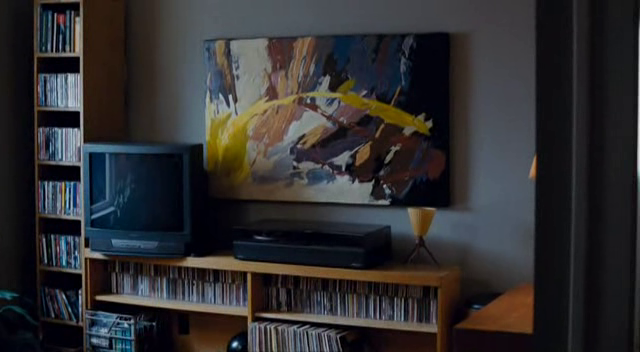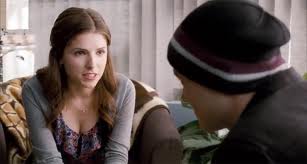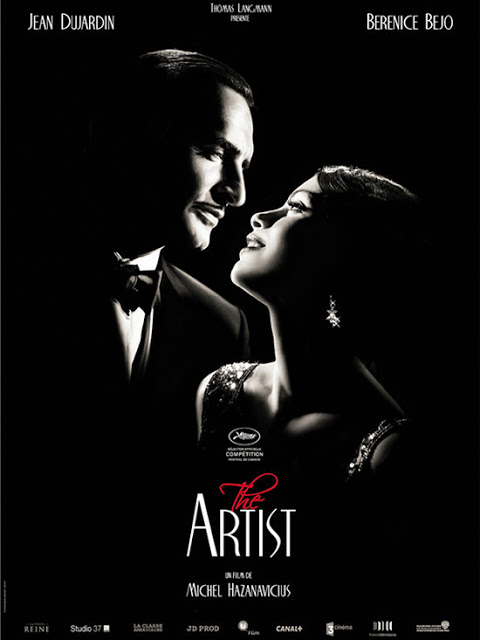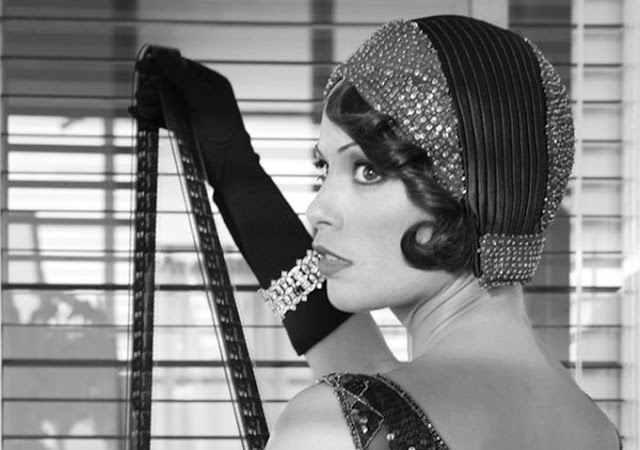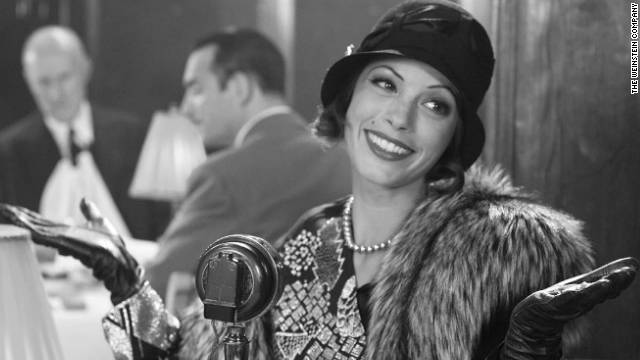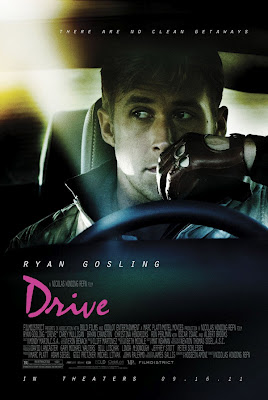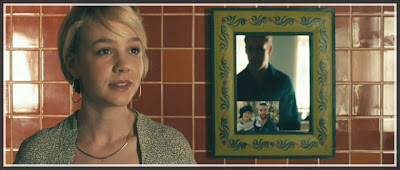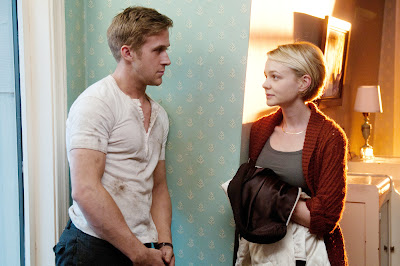 |
| Take Shelter (2011) |
This is a review from Monthly Guest Contributor Carrie Nelson.
Writing about Take Shelter for a website like Bitch Flicks is a challenge. Certainly, I can write endlessly about why I loved Take Shelter. There is no doubt in my mind that it was the best film I saw in 2011. I loved the story, I loved the performances, I loved the cinematography and the overall aesthetics of the film, and I loved the fact that it genuinely surprised me with its suspense. But while Take Shelter addresses a wide range of dynamic themes – family, mental illness, standing up for one’s convictions – it is not an explicitly feminist film, nor is it a film that discusses gender issues overtly. As I think about the film from a feminist perspective, however, I realize more and more that the story is actually quite feminist, even if it doesn’t advertise itself as such or appear to be at first glance.
In Take Shelter, Curtis LaForche (Michael Shannon, in a performance that should have garnered him a Best Actor Academy Award nomination) is a husband and a father, working as a construction worker in Ohio. He begins to have a series of nightmares about a storm, one that rains polluted water and causes people and animals to react manically. Fearing that his dreams are prophetic, Curtis decides to build a tornado shelter in his yard, in order to protect his family from the apocalyptic doom he senses is coming. Curtis’ actions cause stress in all of his relationships – familial, social and professional – because no one understands why the shelter construction is so important to him. Curtis does not know if his dreams represent a true impending natural disaster, or if they are actually symptomatic of mental illness, a condition he may be inheriting from his mother (Kathy Baker). Nevertheless, he is driven to build the shelter, and no one can deter him.
The heart of Take Shelter is the relationship between Curtis, his wife Samantha (Jessica Chastain, continuing her string of break-out roles in 2011) and their daughter Hannah (Tova Stewart). In many ways, the LaForche family structure is traditional. After all, the entire film is about the lengths one is willing to go in order to protect one’s family. Curtis and Samantha are good, church-going parents who put their family before anything else. But within that traditional model, the gender roles are less defined. Both Curtis and Samantha work outside the home to provide for the family, Curtis as a construction worker and Samantha as an artisan who sells crafts at local markets. Both are committed to raising Hannah, participating equally in school functions and spending time with her at home. Both are strong and determined, taking the sanctity and safety of their family incredibly carefully. The household and family may be traditional, but labor is not divided on gendered lines and neither Curtis nor Samantha is defined within the family unit by gender norms.
 |
| Samantha (Jessica Chastain) and Curtis (Michael Shannon) |
The marriage of Curtis and Samantha is one of the most fascinating elements of the film. When their loving relationship is tested by Curtis’ increasingly erratic behavior, Samantha fears for his well-being, and for the well-being of herself and her daughter. But as worried as he makes her, and as little as she understands what he is experiencing, she stands by him. She doesn’t leave, and she doesn’t speak ill of him to others. She responds in a way that most loving spouses would.
Often in movies, the drama is increased by the collapse of marriages and otherwise committed relationships. I’m not going to say that marriage is easy, or that marriages always work out – it isn’t and they don’t, and it’s good for the media to reflect that reality. But it’s also true that marriages do not just fall apart over one problem. I’ve often seen films about failed marriages that give me pause, because I don’t understand how a strong commitment could fall apart so easily in real life. Part of what I loved about Take Shelter is how believable the LaForche marriage was in this respect. Curtis and Samantha have their problems, but they work through them the way committed couples in real life do. It was refreshing to see an image like that on-screen – an image that I do not think is presented often enough.
But this isn’t just a story of a woman who stands by her husband. It’s more complicated than that. In an interesting twist on traditional gender roles, it is Samantha who ultimately “saves” Curtis in Take Shelter. Without spoiling the film’s climax (a heart-wrenching, suspenseful scene which remains the best cinema I saw in all of 2011), it is important to note that Curtis only overcomes his nightmares with Samantha’s tough love. She doesn’t just support her husband through his struggles, she demands that he trust her and believe in her commitment to him, which is how he begins to rediscover his own strength. Without Samantha, Curtis may have completely lost sight of himself and his reality. It is she who grounds him and forces him, albeit kicking and screaming, to work with her, rather than against her out of fear or suspicion. Samantha and Curtis are able to protect and preserve their marriage, but it is Samantha who does the heavy lifting. She is no waif or pushover. She creates the marriage she wants to have and makes sure that nothing sabotages it, no matter what.
In an article for Ms. Magazine Blog, Janell Hobson sums up the message of Take Shelter as such:
Take Shelter asks us to put our faith back into our intuition (usually associated with women), to accept our maternal gifts (even as they veer off from patriarchal rationality), to listen to our inner voices when all others call us crazy and, most of us all, to surround ourselves with love.
I couldn’t agree with Hobson more. Take Shelter is about many things, but the theme of familial love is particularly strong. Curtis and Samantha have their struggles, but they survive together, and that sends a vital message. Storms do come. People do become ill. But as long as we have strength in our own personal convictions and love for the people who love us, we will survive those struggles. Traditional as it may be, it’s an important message, one that I wish I saw more frequently in films. Take Shelter presented it honestly and powerfully. Here’s hoping that more films can do the same.
Carrie Nelson is a Staff Writer for Gender Across Borders and a Monthly Guest Contributor for Bitch Flicks. She works as a grant writer for an LGBT nonprofit organization in NYC.
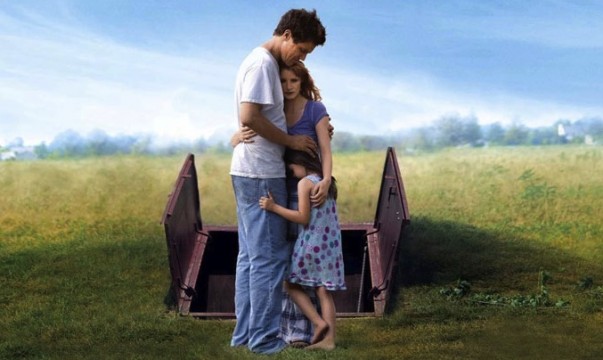
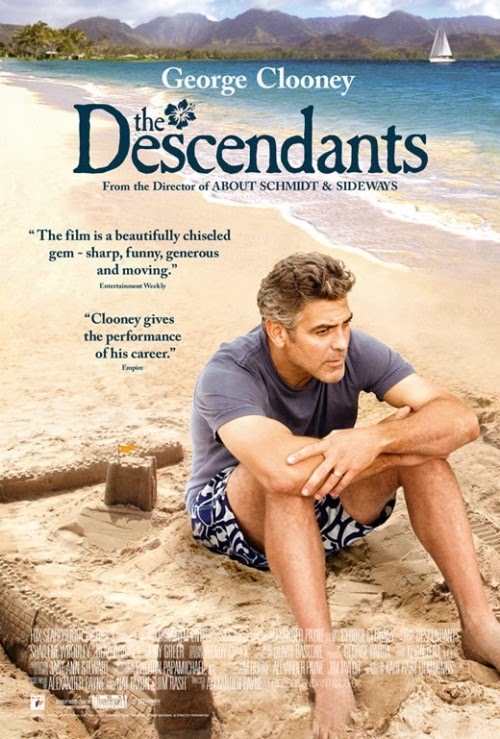

 and
and  . She’s published work in American Poetry Review, Ploughshares and The Best American Poetry series. She was awarded an NEA Fellowship in 2001 and a Breadloaf Fellowship in 2009. She has taught at UC Irvine and the University of Redlands and is a regional branch manager for OC Public Libraries in southern California.
. She’s published work in American Poetry Review, Ploughshares and The Best American Poetry series. She was awarded an NEA Fellowship in 2001 and a Breadloaf Fellowship in 2009. She has taught at UC Irvine and the University of Redlands and is a regional branch manager for OC Public Libraries in southern California.